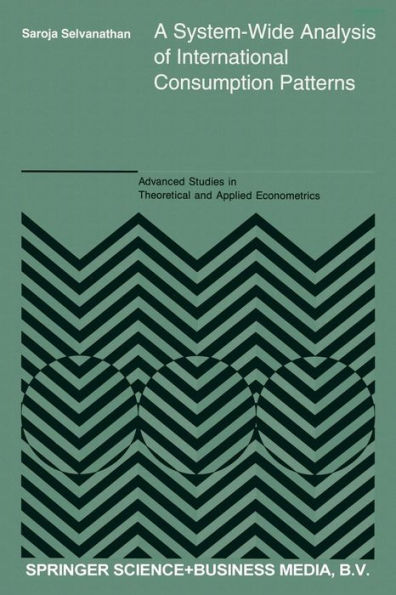5
1

A System-Wide Analysis of International Consumption Patterns
342
A System-Wide Analysis of International Consumption Patterns
342Paperback(Softcover reprint of the original 1st ed. 1993)
$219.99
219.99
In Stock

Product Details
| ISBN-13: | 9789401048699 |
|---|---|
| Publisher: | Springer Netherlands |
| Publication date: | 11/09/2012 |
| Series: | Advanced Studies in Theoretical and Applied Econometrics , #29 |
| Edition description: | Softcover reprint of the original 1st ed. 1993 |
| Pages: | 342 |
| Product dimensions: | 6.30(w) x 9.45(h) x 0.03(d) |
From the B&N Reads Blog
